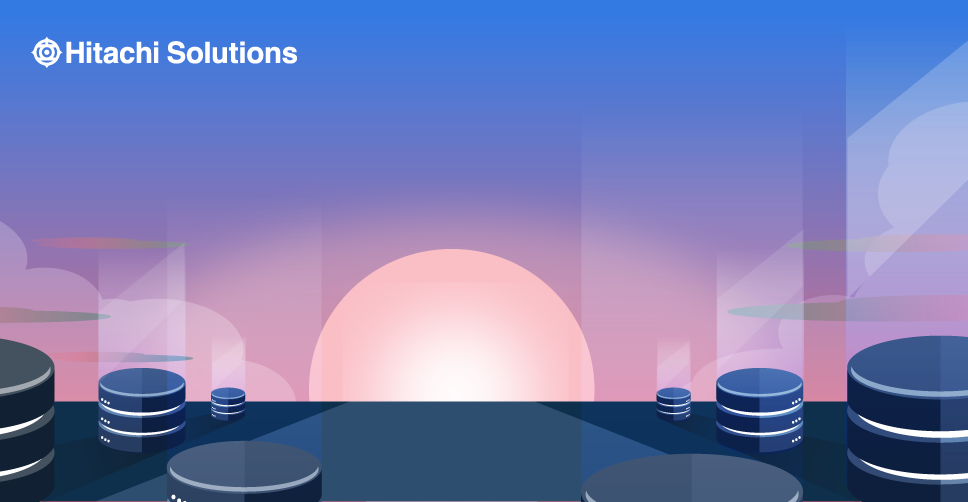

If you’re a Microsoft SQL Server 2008 or SQL Server 2008 R2 user, you’re probably already aware that extended support is scheduled to be sunset July 9, 2019, in keeping with Microsoft’s Support Lifecycle policy for business and developer products. What this means is that Microsoft will no longer release security updates for SQL Server 2008 or SQL Server 2008 R2, which could make your organization non-compliant with important industry regulations, such as GDPR.
If your organization doesn’t have a Microsoft SQL Server 2008 R2 end-of-life migration plan already in place, now is the time to put one together — but first you’ll need to figure out which new release to migrate to. Not sure where to get started? We’ve put together a list of capabilities to look for when shopping around for the right SQL Server replacement:
- Scalability: Your relational database management system needs to grow along with your business, so it’s important to look for software that enables you to dynamically add resources to your database as needed, as quickly as possible. The ability to rapidly scale up will empower your organization to maximize resource utilization, increase performance levels and efficiency, and reduce production costs and downtime.
- Security: For all of its many innovations, the digital age has led to an increase in cyber attacks, which jeopardize potentially sensitive customer and business data. It’s critical that you look for a relational database management system with top-of-the-line security, including data encryption, control access and proactive monitoring, as well as regular auditing to ensure security compliance.
- Automated performance monitoring: A relational database management system with built-in intelligence can actively monitor performance levels, alert you to any potential queries, and provide detailed insight into those queries. By automating database monitoring, you can significantly reduce the cost of running and managing your database.
- Availability: Unexpected downtime as a result of system failure or security breach can cost you. In addition to advanced security features, be sure to look for a relational database management system with automatic failover, disaster recovery and high availability — ideally four nines or higher.
The best way to gain access to these capabilities is to migrate from on-premises SQL Server 2008 R2 to a cloud-based solution, such as Azure SQL Database. SQL Database is an intelligent, fully managed relational cloud database service that provides the broadest SQL Server engine compatibility, which makes it easier to migrate your existing SQL Server databases without changing your applications. Since SQL Database shares its code base with the Microsoft SQL Server database engine, SQL Database customers have early access to the newest SQL Server capabilities with no overhead for patching or upgrading.
Interested in migrating from SQL Server 2008 or SQL Server 2008 R2 to Azure SQL Database, but aren’t sure where to begin? Hitachi Solutions can help. We specialize in facilitating the migration and refreshing of SQL database technologies and have an exclusive migration offer for SQL 2008 customers. If you’d like to learn more about this offer and how Hitachi Solutions’ team of qualified consultants can help you reduce the costs and complexity of your ground to cloud migration, click here to download our offer for more details or contact us directly to talk to one of our experts.


